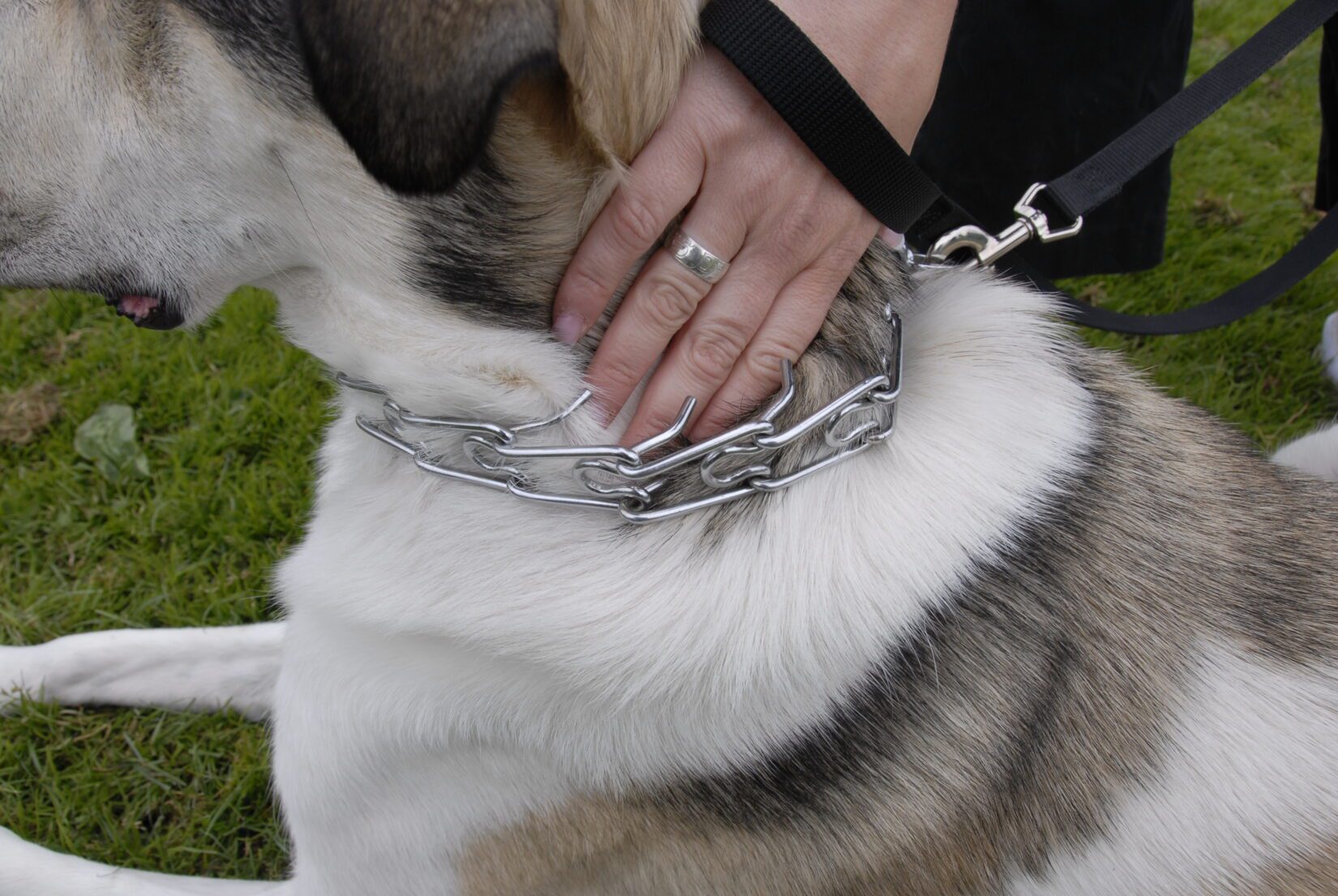As new dog training shows hit the list of Netflix new releases and other media, dog lovers need to ask themselves a question: Do you believe everything that’s shown on TV?

TV shows have the power to influence how dog guardians view their dog’s behaviour and what training method they will use to solve problem behaviours. When shows feature outdated training methods and promote misinformation, they have the potential to adversely affect the welfare of thousands of dogs and damage the bond guardians share with their dogs.
Reality TV dog training shows often adhere to the same formula. At first glance, the shows focus on helping dogs, and many dog guardians can relate to the struggles that featured families are having with their dog. However, if you watch closely, there is a lot of incorrect information about dog behaviour. If you watch these shows, take note of things you can learn from reality show dog trainers.
Grow your knowledge about dog body language
Dogs communicate through their bodies, so it is incredibly important to understand dog body language. In the shows, it’s usually clear that the trainer likes being around dogs, but the dogs don’t always seem to be enjoying it as much. Look at the body language of the dogs, many are experiencing fear and stress during training.
Identify the dogs with positive body language, which includes loose wiggly bodies, relaxed ears and mouth, and soft eyes.
You can see the dogs who are showing signs of anxiety and fear. These dogs are panting, lowering their bodies, and lifting up a single front paw. They may have their ears pinned back, the whites of their eyes showing, and be licking their lips.
A dog who is panting or yawning, tucking their tail, averting their gaze, and leaning away from the trainer, is not calmly being obedient. They are scared. Does the body language of the dog align with the narrative of the trainer?
Identify training equipment that hurts dogs
Some popular TV trainers make use of food rewards, which is one of the best motivators in dog training, followed by toys and play. Sadly, the food rewards are often coupled with other training equipment that hurts.
See if you can observe the types of collars that dogs on the shows are wearing. Many of them are wearing collars that are designed to cause pain, like prong collars and slip leads that tighten uncomfortably around a dog’s neck when pulled.
These collars are used in punishment-based training, which evidence has shown is associated with risks to dog behaviour and welfare, such as increased fear and anxiety-based behaviour, including aggressive behaviour. Dr. Karen van Haaften, the BC SPCA’s senior manager of behaviour and welfare and a diplomate of the American College of Veterinary Behaviourists, says the science unequivocally supports the use of reward-based training over punishment. “Reward-based training is not only effective, but it protects the physical and emotional health of your pet and the special bond that you share”.

Are dogs given choices during training?
On shows featuring punishment-based trainers, dogs are often forced into environments or interactions that make them uncomfortable. These situations are being set up only for the purposes of entertaining audiences and there is no training benefit to the dog. In the case of dogs with aggressive behaviour, this practice is also just dangerous. Eventually, someone will get hurt.
In contrast, reward-based trainers will set up the environment so that the dog has the best chance of succeeding during training. Dogs will only be exposed to triggers gradually and won’t be pushed past their limit.
Critically evaluate the information given by show trainers
Some dog training shows may also promote misinformation about dog behaviour, such as a need to dominate your dog or assert yourself as the “pack leader”. Dominance theory has been debunked and has no place in modern dog training.
On these shows, when dogs growl, they are often told “no” and disciplined until they stop. This overlooks that dogs growl to communicate they are feeling very uncomfortable with a situation. Following this advice could have terrible consequences for both dogs and people, and result in a dog biting “without warning.”
There is too much at stake to put your relationship with your dog in the hands of TV shows created for the sole purpose of entertaining audiences. Watch with a critical eye and use it to educate yourself on what a dog trainer should not do, and on what stressed, negative body language looks like in a dog. Compare the show training methods to the science-based standards (PDF) that AnimalKind accredited dog trainers follow.
Learn about humane dog training and how to choose a trainer.
Find a humane, BC SPCA-recommended trainer at www.animalkind.ca, with many offering online training. If you are a new dog guardian, check out our step-by-step-guide.

